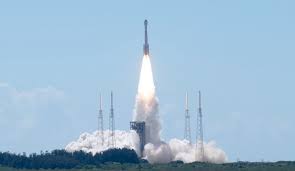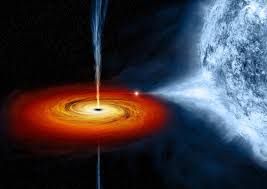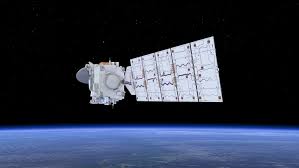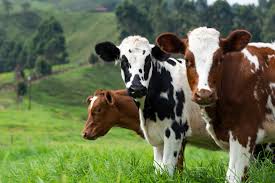Starliner Takes Off: The First Crewed Test Flight in History Lifts Off for the Space Station
NASA astronauts Butch Wilmore and Suni Williams were launched into orbit on Wednesday, June 5, 2024, onboard Boeing’s Starliner spacecraft by a formidable Atlas V rocket that roared to life. This was an enormous accomplishment for NASA’s Commercial Crew Program as well as the first crewed test flight of Starliner.
The completion of years of research and development for Boeing’s astronaut ferry service is marked by this flight, known as the Boeing Crew Flight Test (CFT). Starliner is intended to rival SpaceX’s Crew Dragon capsule, which has successfully completed many trips to the International Space Station (ISS). The purpose of the CFT is to verify Starliner’s performance during every stage of flight, including launch, docking, re-entry, and landing.
After a smooth launch, Wilmore and Williams got comfortable in their capsule and started the crucial journey into orbit. A small problem with unanticipated helium leaks in the propulsion system aside, the launch went according to schedule. This event brought to light the significance of the several launch scrubs that took place in the weeks prior, during which engineers painstakingly fixed technical issues to guarantee the safety of the astronauts.
For NASA and Boeing, the launch was a great success and demonstrated America’s ongoing dedication to human space exploration. NASA Administrator Bill Nelson said, “Two courageous NASA astronauts are well on their way on this historic first test flight of a brand-new spacecraft.” “The Starliner aircraft from Boeing ushers in a new era of American exploration. Although it requires courage, human spaceflight is worthwhile.”
Beyond just certifying Starliner, this mission is extremely important. In terms of securing America’s independence in human spaceflight, it is an important step. When the Space Shuttle program was discontinued in 2011, the United States had to rely on Russian Soyuz spacecraft to transport personnel to the International Space Station (ISS). In an effort to end this reliance and reestablish American launch capabilities, SpaceX and Boeing launched the Commercial Crew Program.
Starliner’s entry encourages healthy competition within the commercial space industry, even though SpaceX has been leading this endeavor and has completed multiple crewed missions to the ISS with success. In the end, this competitiveness should spur innovation and advance human spaceflight as a whole.
The work of CFT is far from over. Important testing of Starliner’s equipment and interoperability with the space station are set to be carried out by Wilmore and Williams during their week-long docking with the ISS. After a successful week-long stay, the astronauts will use parachutes to safely de-orbit Starliner, re-enter Earth’s atmosphere, and land in the western United States.
NASA flight controllers are closely observing the entire operation, and the completion of each phase will make it possible for Starliner to receive official certification for routine crew rotation flights to the International Space Station. NASA would therefore have more freedom in planning astronaut missions and carrying out essential research aboard the orbiting laboratory as a result.
A new era in human space exploration has begun with the crewed test flight of the Starliner. It is a monument to the continuing spirit of human exploration, American ingenuity, and the result of years of arduous work by engineers and astronauts. The world is anxiously awaiting Wilmore and Williams’ safe return as well as the start of a new era in crewed spaceflight, and they are watching the mission unfold.



